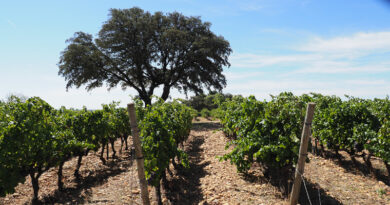More on mouse taint
Mouse taint is the wine fault of our times, and it’s the bane of natural wine producers and importers worldwide. Part of the problem is the sheer unpredictability of it. If you do ferments in the absence of sulfur dioxide then there is a risk of your wine developing mousiness. But then lots of the world’s leading winemakers – not just those in the natural camp – do fermentation without adding sulfites. It’s not unusual for ‘conventional’ artisanal producers to only add sulfites after malolactic fermentation for reds.
Until we understand more about exactly how to stop this problem developing (unless, of course, you go the add sulfites early route) this will continue to be a problem.
But once a wine is mousy, it can recover. I’ve experienced this recently. I tried the wine above at a tasting 18 months ago, and it was mousy (to my palate). I then kept a bottle and opened it a few days ago. It was clean. I kept some for the next day, wondering whether the mouse would emerge. It was clean. I also remember tasting in some cellars in Beaujolais and finding mousy wines, but the bottled wines that followed some months later showed no trace. There is mystery here!
I know of natural wine importers who have wine in their warehouse that they are waiting for the go-ahead from the producer to sell. The wine arrived and was mousy, but the producer told them to hold onto it. They are hoping that it will resolve.
One of the things about mousiness is that you can open a bottle and it tastes clean. Then, as the evening progresses, suddenly after being open an hour or two, mousiness begins to emerge. For some at-risk wines a good piece of advice is drink up quickly!
And then we have the proportion of the population who are insensitive to mouse. I envy them. There’s no badge of merit in being sensitive to tetrahydropyrodines.
For more on this subject, see an article I wrote on mouse taint: https://wineanorak.com/2020/04/24/the-latest-on-mouse-the-wine-taint-of-our-times/




